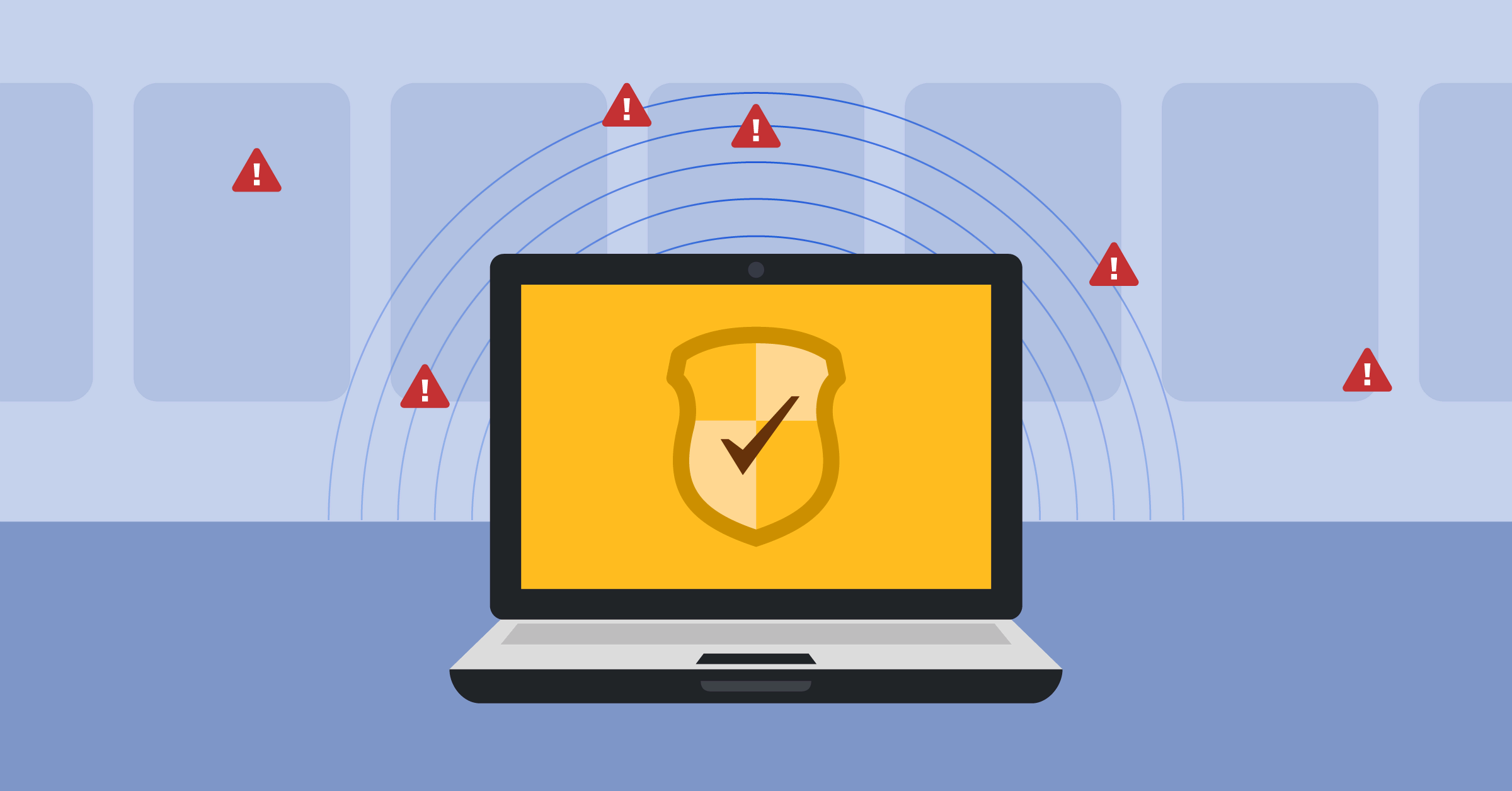
‘Digital by Default’: A collaboration model for modern developers
When I joined Mattermost at the end of 2019, part of the allure was the unique experience of working at a 100% remote company. Little did I know that within three months, the whole world would lock down and countless companies became remote practically overnight. I remember thinking “I guess it’s no more different here than anywhere else now.”
But after taking a closer look over the past two years, I noticed some nuances in Mattermost’s “Digital by Default” approach that actually make a world of difference for developer collaboration.1
How ‘Digital by Default’ helps our team collaborate more effectively
Mattermost has been distributed since its inception. Whereas most companies adapted to remote cultures by approximating in-person traditions, we approached collaboration with an escalation mindset that is digital by default. This was born out of necessity.
For example, my team of 12 people spans nine time zones and has required asynchronous collaboration tools from day one, but our systems were also built to scale and expand as we grew globally. Text is typically the first choice of medium, whether it’s a document or message, as it is both location and time flexible.
An escalation mindset keeps us moving forward
Of course, sometimes synchronous collaboration is more productive and we escalate to voice calls. If that isn’t enough fidelity, then the next escalation is video stream of screen sharing or camera. And finally, as a last resort, in-person meetings are held when nothing else will suffice. In this way of working, a 60-second chat is preferred over a 10-minute call, which is preferred over a 30-minute meeting, which is preferred over a day trip to an on-site.
Each level of escalation is still necessary in the right circumstances, teams default to the most efficient way to communicate. We believe this is the most productive approach to developer collaboration in the modern era regardless of whether the office setup is remote, hybrid, or on-site.
Is your team’s collaboration approach holding them back?
In a collaborative environment that isn’t digital by default, the first choice would be meeting in person. If that isn’t feasible, the next approximation would be a video call with cameras (or virtual reality, depending on who you ask). And then the pattern repeats until someone sends an email to be buried in an inbox.
This mindset is way more expensive in terms of everyone’s time and energy — but it doesn’t have to be this way just because it’s how things used to be. Now is the perfect time to take a step back and consider what are the ideal ways of working for your teams, to build something new that leverages the inherent power and convenience of digital tools.
Enabling better ‘Digital by Default’ collaboration with Mattermost
Mattermost wants to be the number one cheerleader for improving developer collaboration. We are putting money where our mouth is by releasing built-in voice calling and screen sharing functionalities to enable integrated escalation from async to synchronous collaboration. I hope your team finds success with a digital-by-default mindset in this post-pandemic world — and that Mattermost can be helpful on your journey forward.
1 By “developers,” I’m referring to everyone that contributes to the product in an organization — not just people whose job description includes coding.




